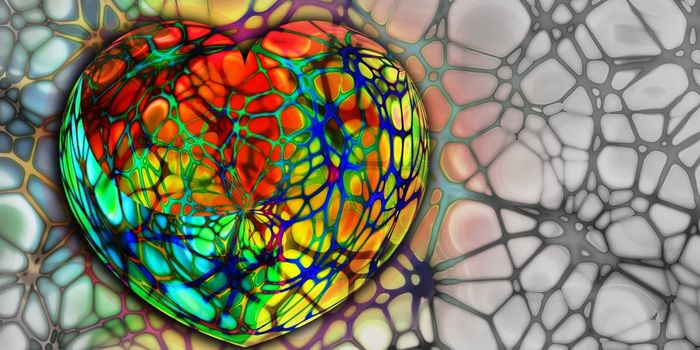Carbon Ion Treatments Less Invasive Than Catheters
A new technology based on a method originally developed in 1997 to treat cancer could soon eliminate the need for invasive catheter procedures to correct complex cases of cardiac arrhythmia.
Led by scientists from the GSI Helmholtz Center for Heavy Ion Research, the new study is the first to test the feasibility of high-energy carbon ion therapy to treat two kinds of cardiac arrhythmia: atrial fibrillation and ventricular tachycardia.
These two conditions are characterized by a deviation from the regular heartbeat as directed by the sinoatrial node, the heart’s pacemaker. Conventional approaches to treating these arrhythmias include drugs or a procedure called catheter ablation, where surgeons make “small scars” in affected heart tissue to return the heart back to a healthy rhythm. They do so with catheters that are sent through blood vessels to certain types of heart tissue, primarily the tissues that are preventing the transmission of the sinoatrial node’s transmission.
The new experimental method, using carbon ions, achieves the same function but without a catheter, making it less-invasive and potentially even more effective. “For the first time, [the new method] allows us to perform this treatment with pinpoint accuracy but without any catheters at all," said study author Dr. H. Immo Lehmann.
Lehmann and the other researchers designed an animal study to test the irradiation of tissues with carbon ions. Based on their results, at its best the procedure will only take a few minutes; cardiac ablation can take several hours.
"The study showed that the method can be successfully used to change cardiac tissue in such a way as to permanently interrupt the propagation of disruptive impulses,” said Dr. Christian Graeff. “Further detailed studies are needed, however, before the method can start to benefit patients.”
The new therapy offers the unique ability of ions that can reach tissues at any desired depth, depths at which catheters can’t reach. For example, sometimes catheters can’t reach the thick wall of the left ventricle to destroy tissue, which is a problem because many cases of ventricular tachycardia require tissue to be destroyed there.
"It is exciting that the carbon beam could work with surgical precision in particularly sensitive areas of the body," said Paolo Giubellino.
The 1997 development of the technology that was originally used to treat cancer is now “well-established and has been used in thousands of patients worldwide.” Hopefully this soon can be said for cardiac arrhythmia, which can cause irreparable damage, stroke, and heart failure.
The current study was published in the journal Scientific Reports.
Sources: Helmholtz Association, National Heart, Lung, and Blood Institute









